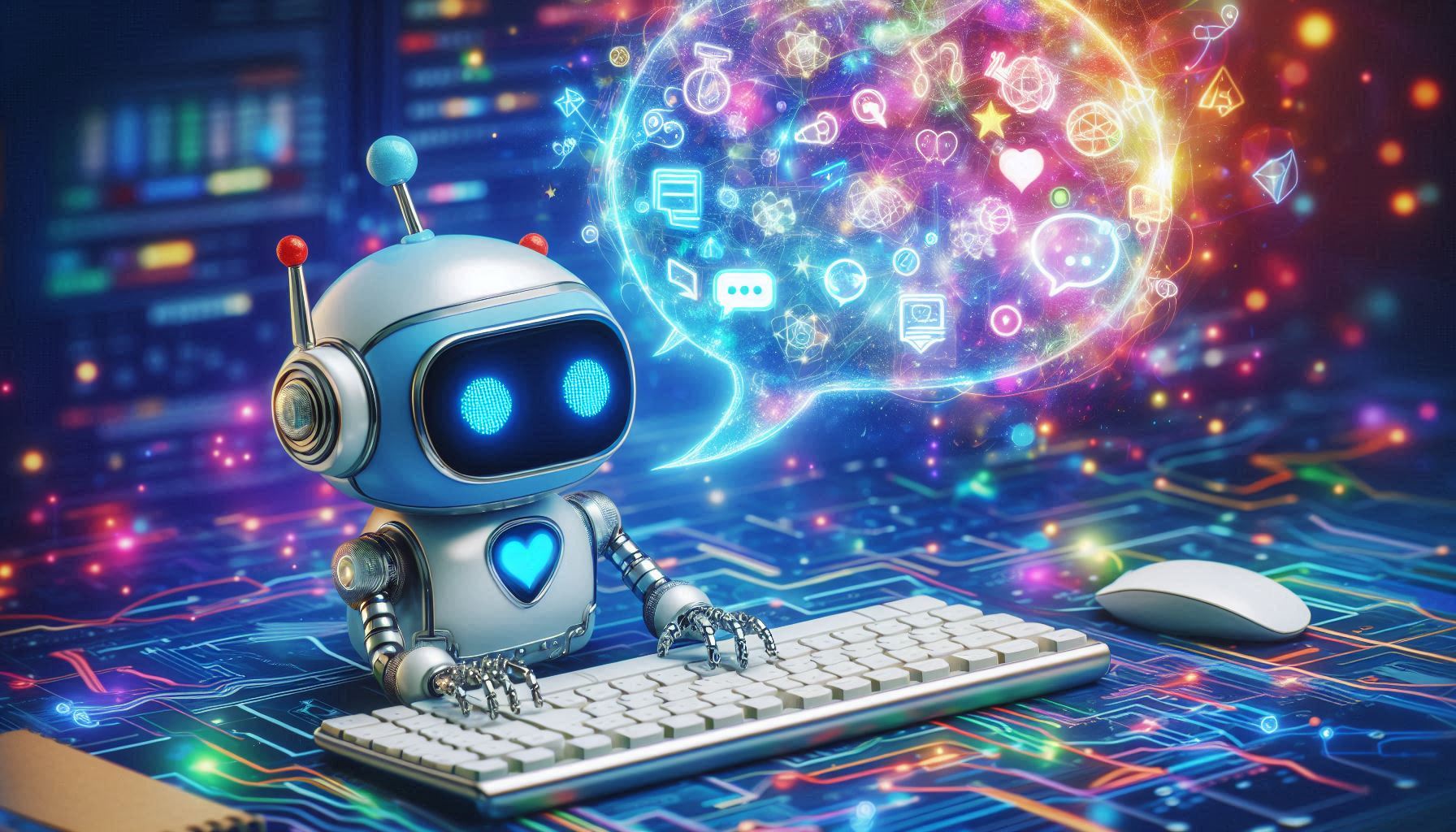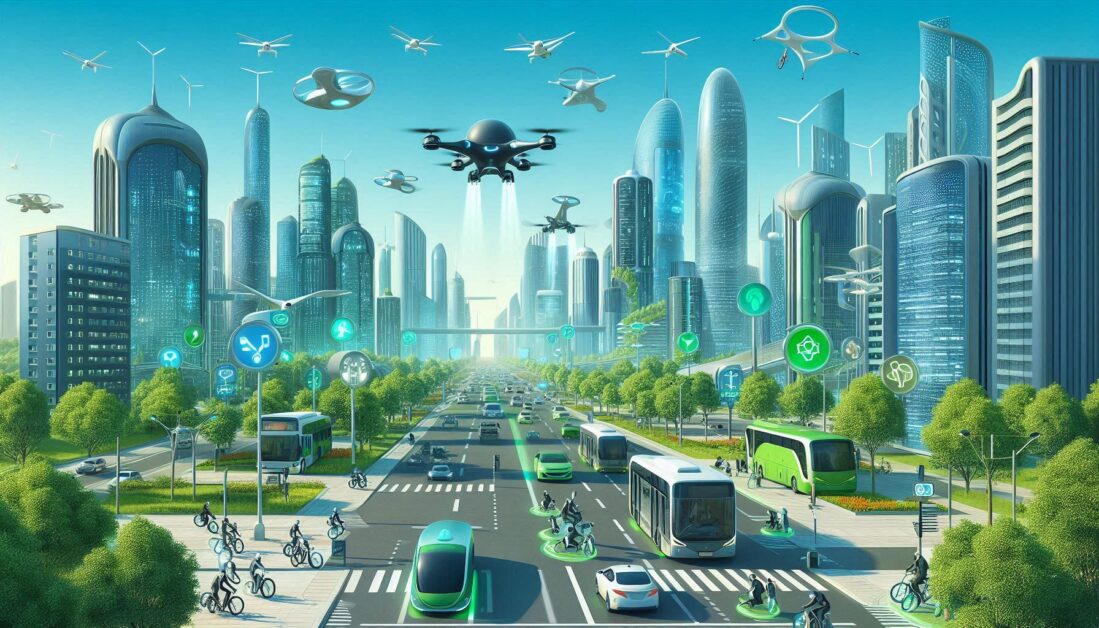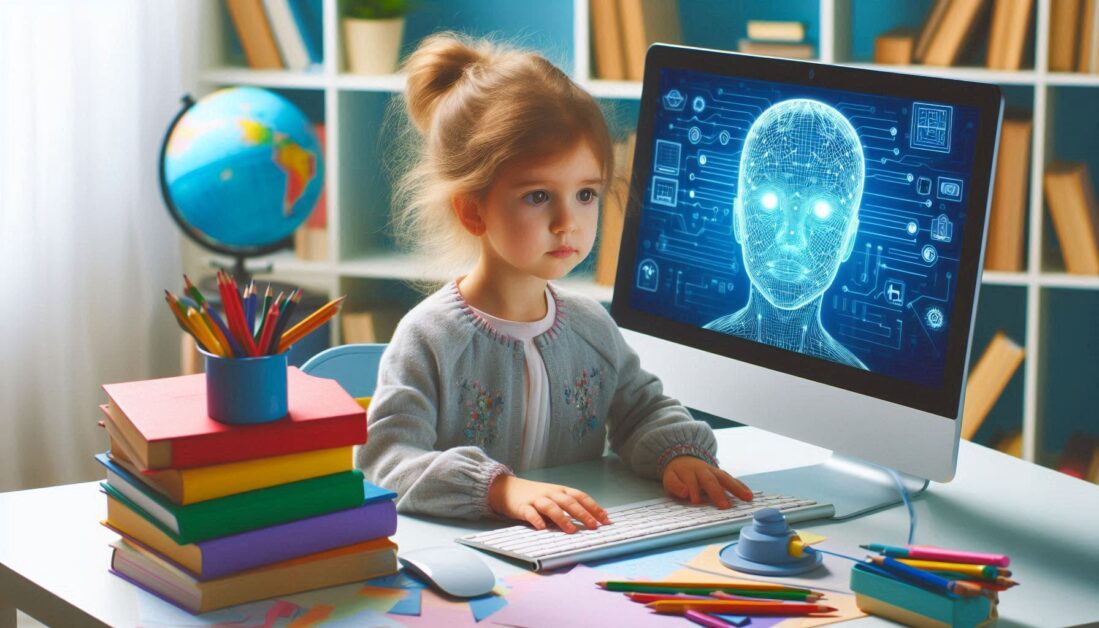In recent years, artificial intelligence (AI) has transformed various fields, including writing, art, and design. Among the leading AI technologies is ChatGPT, known for its impressive ability to generate human-like text. However, a common question arises: Can ChatGPT generate images? In this article, we’ll explore the capabilities of ChatGPT and the broader context of AI image generation, how it works, and its applications in different industries.
The Basics: What is ChatGPT?
ChatGPT is a language model developed by OpenAI that utilizes deep learning to produce coherent and contextually relevant text responses. Trained on a diverse range of internet text, it understands language patterns and can assist with tasks like answering questions, writing essays, and engaging in conversations.
Understanding Image Generation Technology
While ChatGPT specializes in text generation, image generation relies on different AI technologies. One of the most popular methods is through Generative Adversarial Networks (GANs), which involve two neural networks—the generator and the discriminator—working against each other to create realistic images.
- The Generator creates images from random noise.
- The Discriminator evaluates the generated images against real ones, helping the generator improve its output.
Another prominent technology in image generation is diffusion models, which progressively refine random noise into coherent images, effectively allowing for detailed and high-quality visual results.
ChatGPT vs. Image Generating AI
While ChatGPT is fantastic at creating narratives, answering questions, and simulating conversations, it does not possess the capability to generate images directly. Instead, OpenAI has developed other models, such as DALL-E, specifically designed for generating images based on textual prompts.
DALL-E: A Brief Overview
DALL-E is an AI model that can create images from text descriptions. For example, if you provide a prompt like “a two-headed flamingo wearing sunglasses,” DALL-E can produce unique images that match that description.
- Creativity: DALL-E can blend concepts and styles, generating imaginative and surreal visuals that may not exist in reality.
- Versatility: Users can describe specific attributes, and DALL-E will incorporate those details into the generated images.
The Process of Generating Images with AI
- Text Input: The user provides a text description or prompt.
- AI Interpretation: The image-generating AI interprets the input, breaking down the components of the description.
- Image Creation: Using its trained algorithms, the AI creates an image that matches the description, refining it based on learned patterns and styles.
- Output: The final image is presented to the user.
Applications of AI-Generated Images
AI-generated images have numerous applications across various industries, including:
1. Marketing and Advertising
Businesses can create visually engaging content without needing extensive design resources. Customized images for social media, ads, and product promotions can be generated rapidly, helping brands maintain a fresh online presence.
2. Entertainment and Media
The entertainment industry can leverage AI-generated images for concept art, storyboarding, and promotional materials. This technology allows for quick visualization of ideas, facilitating smoother creative processes.
3. Fashion and Design
Fashion designers can generate unique clothing designs and patterns, allowing them to experiment with styles and trends without manual drawing. This enhances creativity and can speed up the design process.
4. Education and Training
In educational contexts, AI-generated images can illustrate complex concepts, making learning more engaging. Whether it’s anatomy for medical students or historical reconstructions for history lessons, AI visuals can provide valuable context.
Ethical Considerations in AI Image Generation
While the potential for AI-generated images is exciting, it’s essential to consider the ethical implications:
- Intellectual Property: Who owns the rights to an image generated by AI? This question raises concerns about attribution and copyright, particularly when the AI uses existing artworks or styles as inspiration.
- Misinformation: AI-generated images can be used to create misleading content. Deepfakes and manipulated visuals can pose risks to personal privacy and public trust.
- Authenticity: As AI continues to produce increasingly realistic images, distinguishing between authentic creations and AI-generated visuals may become challenging, leading to potential issues in journalism and media integrity.
Limitations of Current AI Technology
Despite the advancements, AI-generated images are not without limitations:
- Quality Control: While many AI models create impressive visuals, they can sometimes produce unrealistic or low-quality images, particularly when the prompt is complex or vague.
- Context Understanding: AI may misinterpret the nuances of a text prompt, leading to images that don’t quite capture the intended meaning.
Future Developments in AI and Image Generation
As technology evolves, we can expect significant improvements in AI image generation. Future advancements may include:
- Better Understanding of Context: Improved models could interpret prompts more accurately, yielding higher quality and more relevant images.
- Integration with Language Models: Combining language and image models could create seamless workflows where users can generate both text and visuals in a single interaction.
Conclusion
While ChatGPT itself cannot generate images, the landscape of AI offers numerous tools, such as DALL-E, that do just that. These advancements provide exciting opportunities across various fields, from marketing to education. As technology continues to evolve, the line between text and image generation may blur, opening new avenues for creativity and innovation.
By understanding the distinctions between these technologies, we can better appreciate their unique contributions to our digital world and anticipate their future potential.



